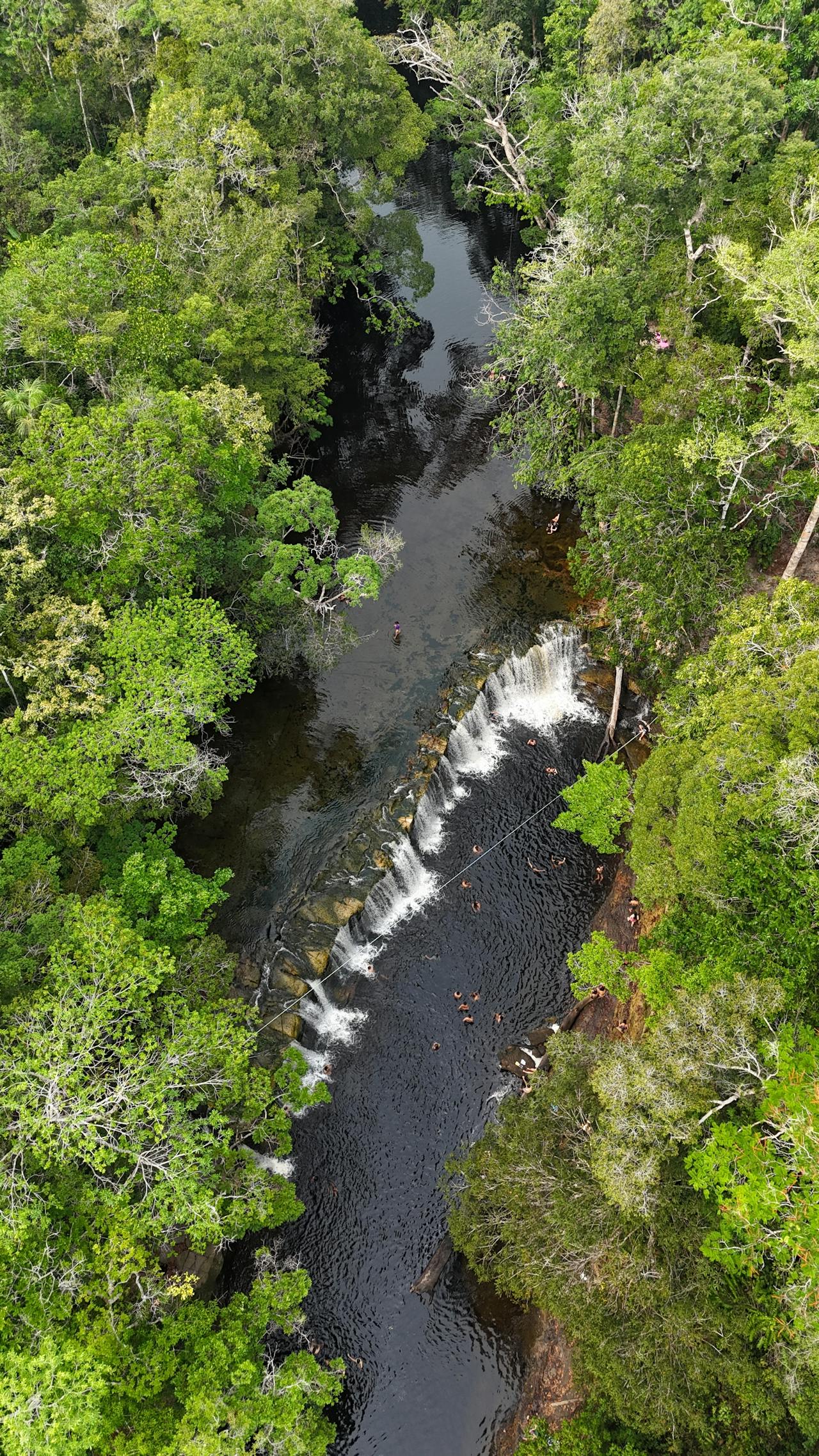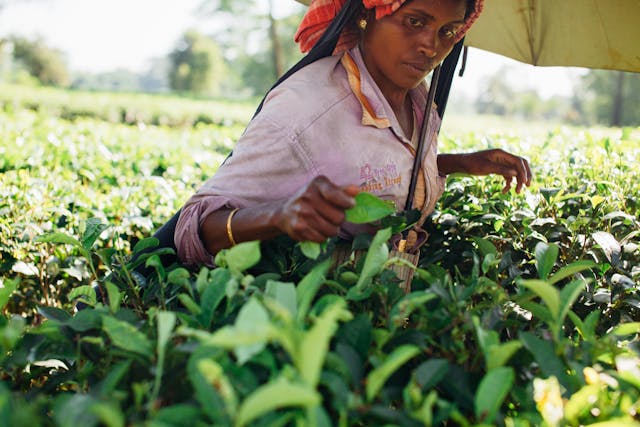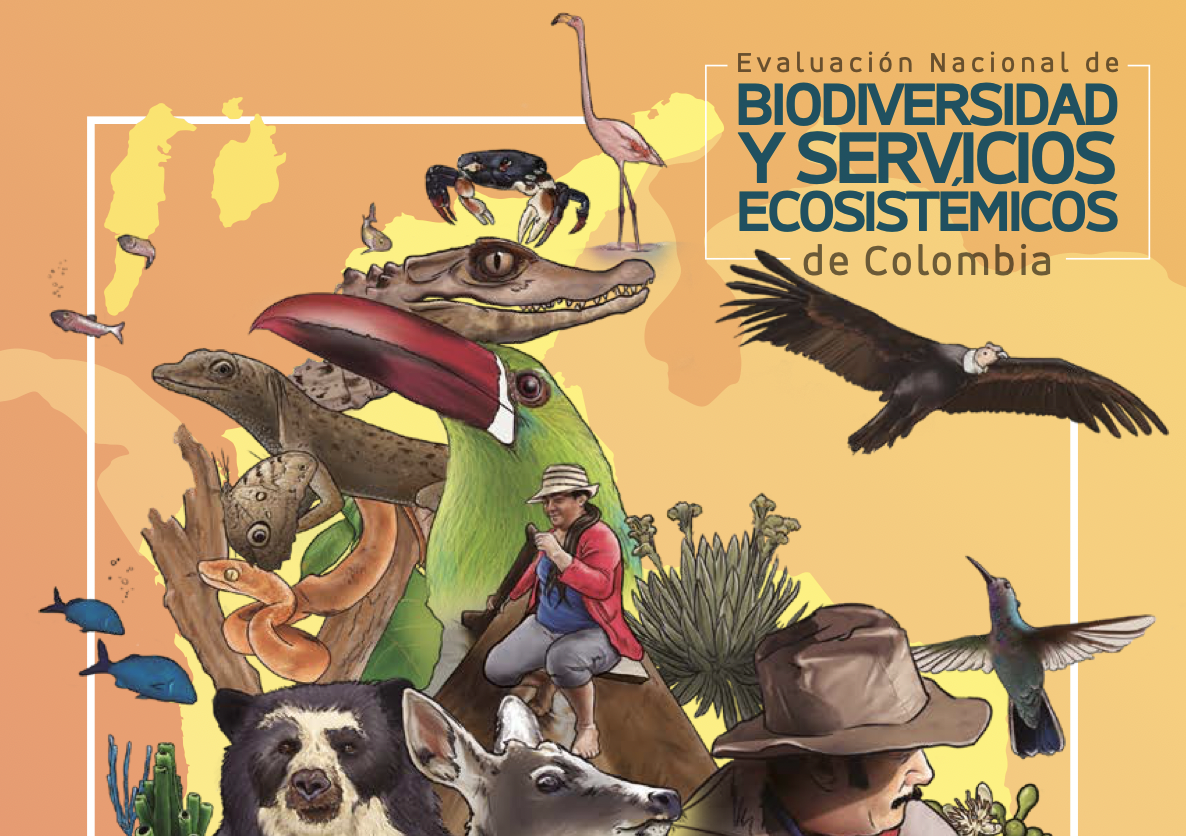The study of Land Use Land Cover (LULC) changes and their patterns enhance our understanding of various man-caused phenomena on the earth’s surface. The Capital City of Pakistan, Islamabad has experienced a high rate of urbanization and population increase in the last 3-4 decades and as a result, the LULC changes have occurred in an unsustainable way. The accurate and reliable data of LULC changes for the study period is not available. The main aim of this study was to provide compatible data on LULC change during the last 40 years for the functional city of Islamabad, Pakistan. LULC statistics were extracted from Landsat Multi-Spectral Scanner (MSS), Thematic Mapper (TM), Enhanced Thematic Mapper Plus (ETMþ), and Operational Land Imager (OLI) images. For each of the target years (1979, 1989, 1999, 2009, and 2019) LULC information was obtained through a supervised classification algorithm. The study area was classified into five major landscape categories, namely built-up, agriculture, forest, water bodies, and barren land. The results have indicated that urban expansion has been increasing due to mass migration and uncontrolled urbanization in the city. The urban sprawl analysis revealed that built-up area and agricultural land have expanded by 41.7% and 5.20% respectively, during 1979–2019. On the other hand, the forest and water bodies declined by 9.03% and 1.21% respectively. The land-use changes have forced the planners to revise the original master plan of the city and including the agricultural sector in the housing area during 2019.
Four decadal urban land degradation in Pakistan a case study of capital city Islamabad during 1979–2019
Year: 2021

































































































































































































































































































































































































































































































































































































































































































































































































































































































































































































































